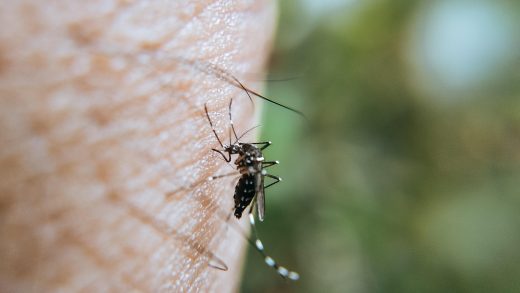Apple’s new iPhone 11 devices include a “U1” chip with ultra-wideband (UWB) technology. This isn’t new technology, but it’s the first time it’s been in a modern smartphone. It’s not just about iPhones: Android phones could also get UWB.
What Can Ultra-Wideband Be Used For?
Apple didn’t bother mentioning this feature during the iPhone 11 release event, but it is noted on Apple’s website. As Apple puts it, ultra-wideband technology offers “spatial awareness.”
Initially, Apple only advertises one UWB feature: When the iOS 13.1 update arrives on September 24, “AirDrop gets even better with directionally aware suggestions.” In other words, you can point your iPhone at someone else’s iPhone and AirDrop will know you probably want to send things to them. Today, your iPhone just uses Bluetooth to understand who’s around you. It doesn’t know who you’re looking at or where they are precisely.
Put another way: This feature allows an iPhone—or any other smartphone that implements it—to precisely detect where other objects are in physical space. That’s something lacking on smartphones today.
How Does It Work?
Like Bluetooth and Wi-Fi, ultra-wideband is a wireless communication protocol that uses radio waves.
Ultra-wideband offers high bandwidth with low power usage, but it only works over short distances. That’s why other wireless technologies like Bluetooth and Wi-Fi are still useful: They have a longer range. Unlike “narrowband” technologies, UWB transmits data over a wider frequency (above 500 MHz).
Bluetooth and Wi-Fi are unreliable ways of detecting distance and position. Sure, a device with a stronger signal is probably closer than one with a weaker one, but that’s all you can detect—and it’s not perfect, as signals could be boosted to trick the system. Rather than depending on signal strength, the iPhone will measure the round-trip time of the signal to determine the distance it is from another device. Through multiple antennas, UWB can also measure the angle the signal is arriving from. A precise angle combined with a precise distance means your iPhone can pinpoint an object to a reasonably precise location in space.
The exact details of how Apple’s U1 chip and ultra-wideband will work are unclear, as there are different versions of the standard. Apple hasn’t revealed all the tech specs yet. But Infsoft, which provides indoor positioning services for industrial environments using ultra-wideband, says that its system’s accuracy is between 10-30cm as opposed to 1-3 meters with Bluetooth beacons or 5-15 meters with Wi-Fi.
What’s It Doing in the iPhone 11?

This technology is part of the iPhone 11, iPhone 11 Pro, and iPhone 11 Pro Max. Better prioritizing nearby people for AirDrop sharing is just the first feature UWB will enable. According to Apple, “it’s like adding another sense to iPhone, and it’s going to lead to amazing new capabilities.”
Read the remaining 7 paragraphs
Source : What Is Ultra Wideband, and Why Is It In the iPhone 11?














